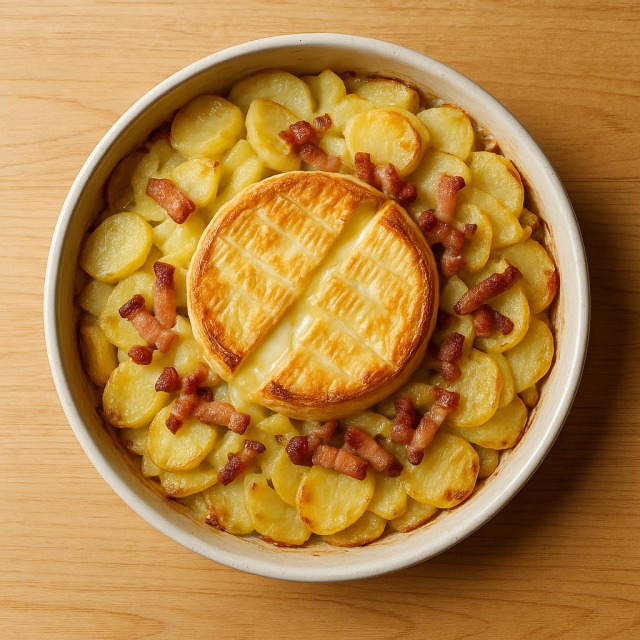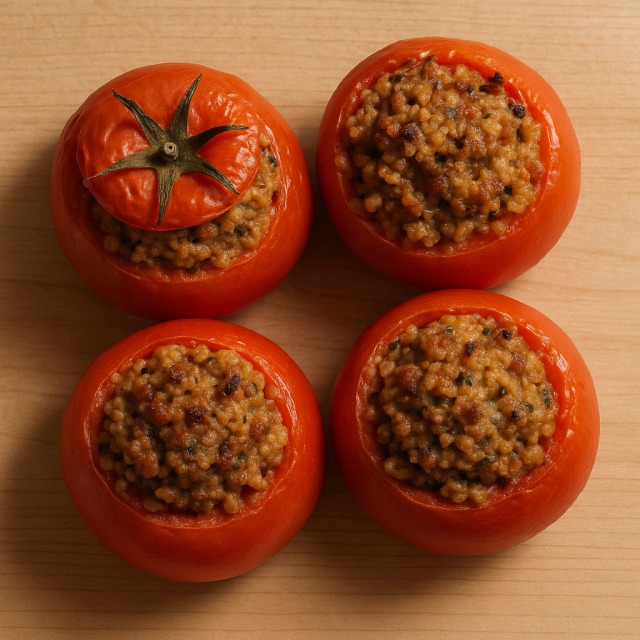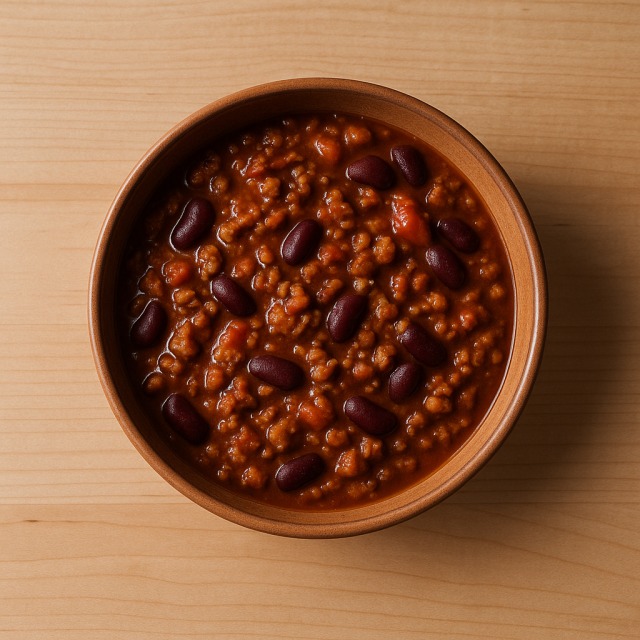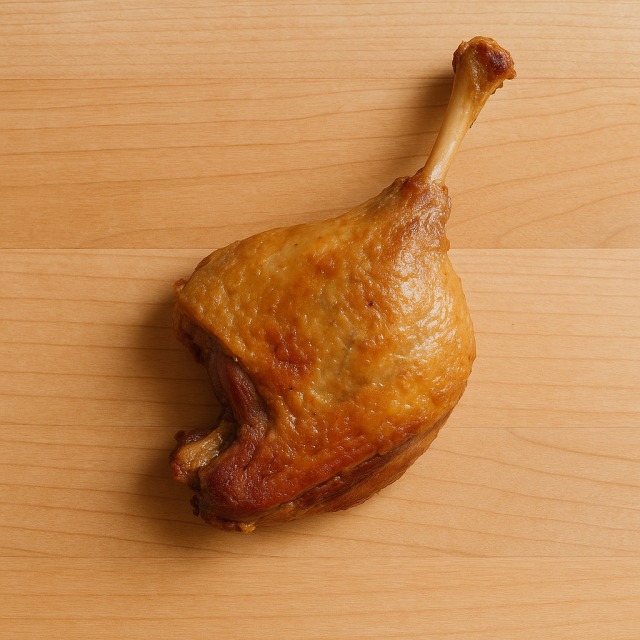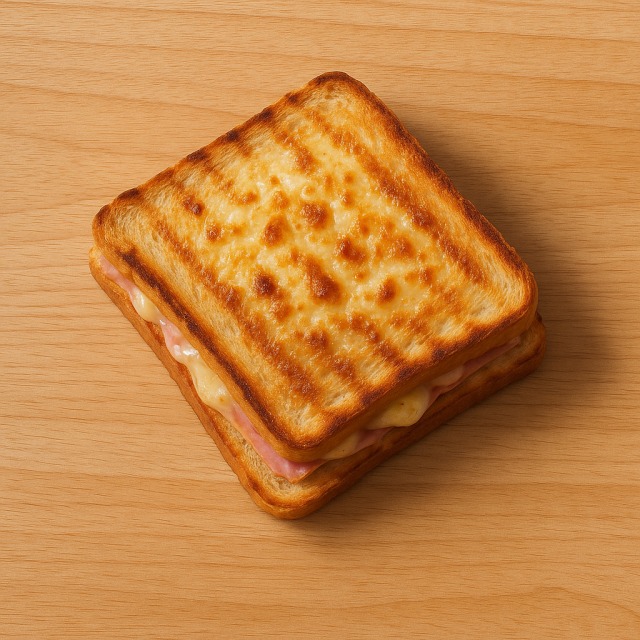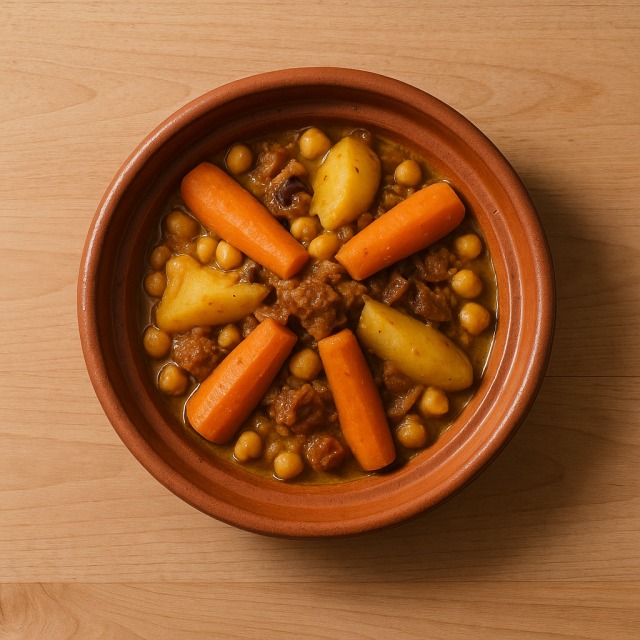Calorie Chart / Recipes / Cassoulet
How Many Calories Are in Cassoulet?
Calculation of the nutritional value & Recommended Dietary Intake of cassoulet
For g and a calorie requirement of kcal
| Calories 595 kcal | Proteins 35 g | Lipids 32 g | Carbohydrates 42 g |
| 30% | 47% | 48% | 15% |
Health benefits of cassoulet
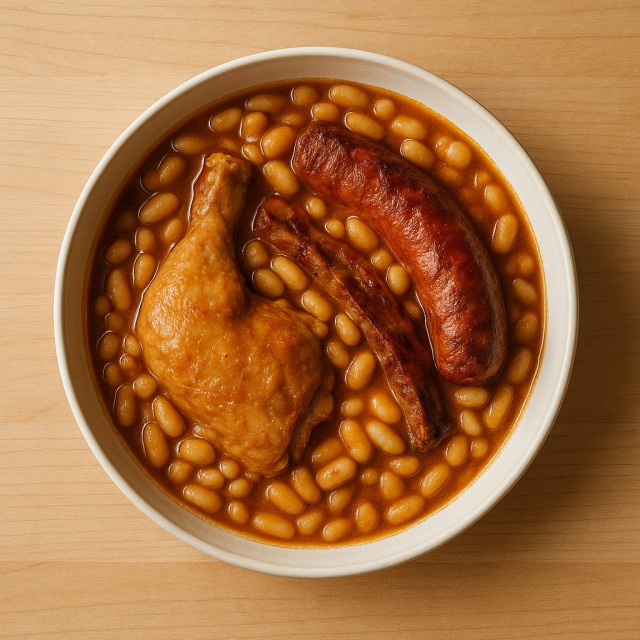
Cassoulet - 100g
Calories 170 kcal
Proteins 10 g
Lipids 9 g
Carbohydrates 12 g
Cassoulet is generally considered a high-calorie traditional French dish because it combines white beans, pieces of duck confit, Toulouse sausage, and other fatty meats that naturally raise its calorie density. Beyond calories, its white beans supply complex carbohydrates, plant proteins, and valuable soluble fibre that help stabilise blood sugar and promote satiety. The dish also offers B-group vitamins (notably B1 and B6), iron, magnesium, and potassium—minerals essential for energy metabolism—even if the calorie count seems intimidating.
The slow cooking of cassoulet retains collagen from pork rind, providing gelatin that may support joint health (a supposed benefit still under study). Traditional versions simmer for hours, which enhances the bioavailability of minerals without increasing calories further. However, the presence of cured meats makes sodium content high: people watching both calories and blood pressure should keep portions reasonable.
Historically prepared in Languedoc to sustain farm workers during winter, cassoulet's concentrated calories were an asset in times of hard labour. Today, athletes looking for post-training recovery appreciate its mix of proteins and slow-release carbs, while anyone on a bulking plan can take advantage of its dense calorie profile. Those aiming to lose weight should remember that a modest serving already delivers a significant share of daily calories, so monitoring total calorie intake throughout the day remains crucial.
Tips for incorporating cassoulet into a balanced diet
Because cassoulet already supplies ample proteins, fats, and calories, balance the plate with low-calorie vegetables: serve it alongside steamed broccoli, a crisp carrot and arugula salad, or simply green beans dressed with a squeeze of lemon. This cuts calories per meal, boosts vitamin C, and adds crunch.
If you cook cassoulet from scratch, trim visible fat from the pork belly and choose lean pieces of duck breast instead of full duck legs to shave off several calories without sacrificing flavour. Another trick: replace part of the sausage with cubes of high-protein, lower-calorie turkey cutlet.
Leftover cassoulet is rich in calories and flavour; transform a small ladle into a filling for whole-grain crêpes alongside sautéed spinach, or spoon it over baked potato halves for an energy-dense recovery snack after endurance training. Remember to keep an eye on calories: half a cup may already exceed the calories of an average lunch soup.
Portion control is key: serve cassoulet in a ramekin and complement with a bowl of vegetable soup. This strategy dilutes total calories while preserving the comforting taste of the dish. Whether your goal is weight loss, maintenance, or muscle gain, always tally the calories from cassoulet in your daily calorie budget.
Frequently Asked Questions
- How many calories are in cassoulet?
- There are 170 kcal per 100 g.
- Is cassoulet good for weight loss despite its calories?
- Cassoulet is quite dense in calories, so it can fit into a weight-loss plan only if portion sizes are small and the day's total calories are strictly monitored.
- Which ingredient contributes the most calories in cassoulet?
- The fatty meats such as duck confit and pork belly supply the majority of calories, whereas the beans offer mainly carbohydrates and fibre with fewer calories per gram.
- Can athletes use cassoulet to replenish calories after training?
- Yes, its mix of proteins, complex carbs, and high calories makes it practical for athletes needing quick calories and muscle repair, provided sodium intake is considered.
- How can I reduce calories when cooking cassoulet?
- Use leaner cuts, limit added fat, replace some sausage with chicken breast, and increase the ratio of beans to meat to cut total calories.
- Does reheating cassoulet change its calories?
- Reheating does not significantly alter calories; only evaporation of water slightly concentrates calories per gram.
- What side dishes lower overall meal calories when eating cassoulet?
- Pairing with steamed zucchini, a fresh tomato salad, or simple cucumber ribbons helps dilute meal calories and adds micronutrients.
Similar foods
Information provided by Calorie Menu may contain inaccuracies or errors. It cannot, under any circumstances, substitute medical advice or medication.
